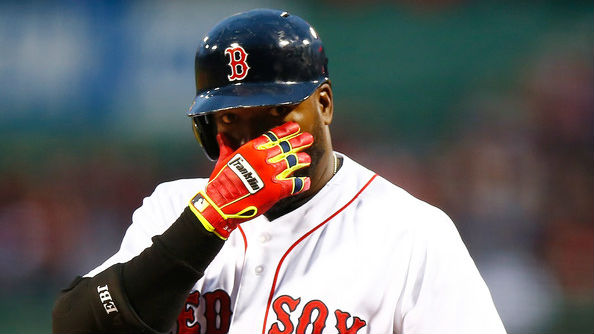Rafael Palmeiro will be elected to the Hall of Fame, regardless of the fact that he was caught by Major League Baseball’s new drug testing policy, which showed that he took steroids to boost his numbers on the field. He is certainly not the first player in baseball to have used a performance enhancer to try and better himself at the plate, with Jose Canseco and Ken Caminiti both admitting in recent years of widespread use of steroids by themselves and former teammates that saw home run totals climb into the stratosphere. The latter paid the ultimate price last fall when a cocaine overdose, likely fueled by his reliance on illicit drugs to keep that high that he felt playing baseball all those years alive, took him from this earth at the tender age of 41.
Palmeiro’s career numbers are indeed impressive, having recently passed the magical 3,000-hit mark and the 500 home run mark in 2003. Given that he is signed to play through the end of next season, it is quite possible that he could manage to hit enough home runs to qualify as only the third player in major league history to have a minimum of 600 home runs and 3,000 hits, joining only Hank Aaron and Willie Mays in that respect. The numbers are impressive, especially when you consider that Palmeiro has never held a batting or home run title in his 20 seasons playing in the majors. Unfortunately, the recent ten-day suspension will hang over his head for years to come, tarnishing an otherwise unblemished record.
Of course, there are others in recent years whose names will someday show up on the ballots of the baseball writers whose reputation are modestly stained; Mark McGwire, Barry Bonds, and Sammy Sosa come to mind, although there is no concrete evidence that they have used illegal performance enhancers. Although it’s true that McGwire admitted to using androstenedione during the 1998 season as he and Sosa chased Roger Maris’s 37-year-old home run record, at that time it was not a banned substance as it is now, so he essentially gets a get-out-of-jail free card. So don’t be surprised to see them get elected, either.
Being a Boston fan, I can’t help but think about former Red Sox slugger Jim Rice, a player that I admittedly only caught in the latter part of his career. It’s not hard to look at his numbers and be impressed. Had he not debuted in the same season as rookie teammate Fred Lynn, he would have easily walked away with American League Rookie of the Year honors and perhaps even the MVP as well after batting .309 with 22 home runs and 102 RBI. From 1977 through 1979, his numbers were almost equal in every season, averaging .320 with 41 home runs and 128 RBI. In 1978, he collected 406 total bases, the only American League player since the legendary Joe DiMaggio in 1937 to have more than 400 in a season; three times, he led the AL in home runs and twice finished number one in slugging percentage.
Rice was the classic power hitter in the lineup; though only 6-foot-2 and weighing in at just over 200 pounds, he used his short stroke and his strong wrists to drive balls all over the yard. From 1975 through 1986, he was one of the most feared sluggers in baseball as he averaged .304 with 29 home runs and 106 RBI. When he finally called it a career after the 1989 season, he had amassed 382 home runs, 2,452 hits, and 1,451 RBI; all three place him in the top 100 of all-time in MLB history. One would think that would be enough to get his plaque hung alongside the likes of Ted Williams and Carl Yastrzemski, two other Red Sox greats and among the only players he trails in several offensive categories in team history.
Yet Rice still waits outside the gates, perhaps silently wondering if the last few, injury-plagued seasons hurt his chances. Had he not tried to play through injuries to his knees in those seasons, he might have built on those numbers even more, finished on a high note, and found his way to Cooperstown in his first year of eligibility in 1995. However, when you consider that he put nothing more in his body other than perhaps a few vitamins, those numbers today are that much more impressive when compared to the baseball stars today that are pumped up on more than adrenaline. Rice is probably not the only star from his era that has been overlooked; Andre Dawson is one other player that comes to mind who put up great numbers but was nagged by injuries late in his career that probably hurt his chances.
Enshrinement in the Hall of Fame should not come easy; being a player of that caliber in any sport means that you were one of the best ever to play. For years, the baseball writers who voted for these ballplayers have generally turned a blind eye towards passing judgment on that player’s ethical conduct because, for the most part, the numbers have been all that mattered. Thus, Palmeiro and his contemporaries will be given a pass and honored among other past greats of the game, even with concrete evidence that they tampered with their bodies to give themselves an edge on the field. Yet, knowing that, perhaps players like Rice who were the power hitters of their era should be given a pass for, well, just being human.
